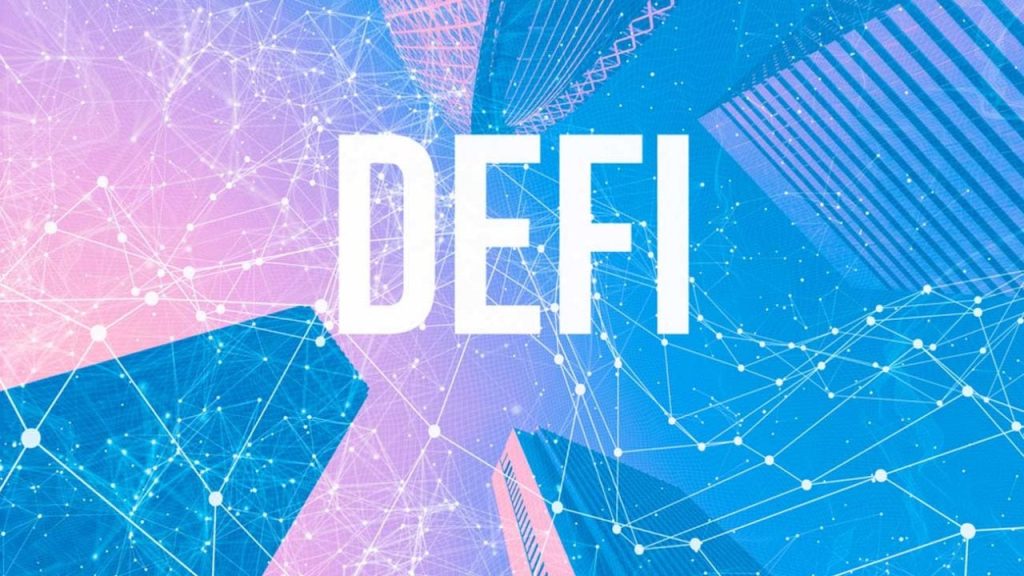Decentralized Finance, or DeFi, is one of the most transformative innovations in the financial world. By leveraging blockchain technology, DeFi aims to create an open, permissionless, and transparent financial system. In this article, we’ll explore what DeFi is, how it works, its benefits, risks, and what the future holds for this rapidly growing sector.
What Is DeFi?
DeFi refers to a system of financial applications built on blockchain networks, primarily Ethereum. Unlike traditional finance, which relies on centralized institutions like banks, DeFi operates without intermediaries. This allows users to access financial services such as lending, borrowing, trading, and earning interest directly through smart contracts.
How Does DeFi Work?
DeFi platforms use smart contracts—self-executing contracts with the terms of the agreement directly written into code. These contracts run on blockchain networks, ensuring transparency and eliminating the need for intermediaries. Here’s how some popular DeFi applications work:
- Decentralized Exchanges (DEXs): Platforms like Uniswap and SushiSwap allow users to trade cryptocurrencies directly without a central authority.
- Lending and Borrowing: Protocols like Aave and Compound enable users to lend their crypto assets and earn interest or borrow assets by providing collateral.
- Yield Farming: Users can earn rewards by providing liquidity to DeFi platforms.
- Stablecoins: Cryptocurrencies like DAI and USDC are pegged to stable assets like the US dollar, providing stability in the volatile crypto market.
Benefits of DeFi
- Accessibility
DeFi opens up financial services to anyone with an internet connection, including the unbanked and underbanked populations. - Transparency
All transactions on DeFi platforms are recorded on a public blockchain, ensuring complete transparency. - Lower Costs
By eliminating intermediaries, DeFi reduces transaction fees and operational costs. - Innovation
DeFi fosters innovation by allowing developers to create new financial products and services without regulatory hurdles.
Risks and Challenges
- Smart Contract Vulnerabilities
Bugs or exploits in smart contracts can lead to significant financial losses. For example, the 2021 Poly Network hack resulted in the theft of over $600 million. - Regulatory Uncertainty
Governments worldwide are still figuring out how to regulate DeFi, which could lead to legal challenges for users and developers. - Market Volatility
The crypto market is highly volatile, and DeFi investments can be risky. - Scalability Issues
Many DeFi platforms struggle with high transaction fees and slow processing times during peak usage.
DeFi Trends to Watch in 2024
- Layer 2 Solutions
To address scalability issues, Layer 2 solutions like Polygon and Optimism are gaining traction. These technologies enable faster and cheaper transactions. - Cross-Chain Interoperability
Projects like Polkadot and Cosmos are working on enabling seamless interaction between different blockchain networks. - Institutional Adoption
As DeFi matures, more institutional investors are expected to enter the space, bringing increased liquidity and stability. - Regulatory Developments
Governments are likely to introduce clearer regulations, which could boost mainstream adoption while ensuring consumer protection.
How to Get Started with DeFi
- Educate Yourself
Before diving into DeFi, it’s essential to understand the basics of blockchain and cryptocurrencies. - Choose a Wallet
Set up a cryptocurrency wallet like MetaMask or Trust Wallet to interact with DeFi platforms. - Start Small
Begin with small investments to familiarize yourself with the ecosystem. - Stay Updated
Follow reputable sources to stay informed about the latest developments and risks in the DeFi space.
Conclusion
DeFi is revolutionizing the financial industry by offering a decentralized alternative to traditional finance. While it presents exciting opportunities, it also comes with significant risks. By staying informed and cautious, you can navigate the DeFi landscape and potentially benefit from this groundbreaking innovation. As we move into 2024, DeFi is expected to continue evolving, shaping the future of finance in ways we can only begin to imagine.



